Burial crisis: Eyes turn to golf course as Sydney runs out of plots
PLANS lodged for a cemetery at Wallacia Golf and Country Club as Sydney fast runs out of places to bury its dead. Based on projected population growth, the city could run out of plots in as little as 32 years.
Local
Don't miss out on the headlines from Local. Followed categories will be added to My News.
DEATH is coming and Sydney is fast running out of places to bury its corpses.
Cemeteries and Crematoria NSW figures show only 310,000 to 330,000 spaces left for new interments in metropolitan Sydney and, based on projected population growth, deaths and burial rates, they could run out in as little as 32 years.
Plans to turn Wallacia Golf and Country Club into a cemetery are moving ahead to help meet Sydney’s future critical demand for burial spaces.
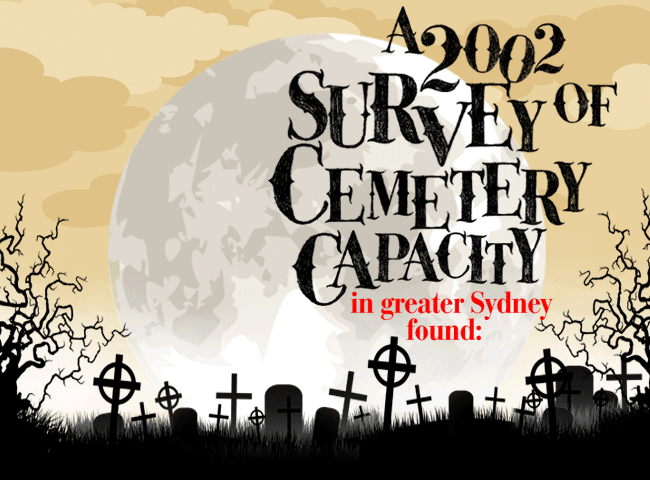
The Catholic Metropolitan Cemeteries Trust lodged a development application with Penrith Council in the past week, with supporting documents detailing its grand vision.
The redevelopment is set to cost more than $24 million and the property, at 13 Park Rd and 512 Mulgoa Rd, could soon be named Wallacia Memorial Cemetery Park.
The Wallacia plan comes after Fernhill Estate was recently ruled out as a cemetery option.
Rookwood Cemetery chief executive George Simpson saw the potential for about 150 years of burials, for all non denominations, at the historic Mulgoa estate.
He predicts the final burial will take place at Rookwood in about 20 years.
THE PROBLEM
THE latest Rookwood General Cemeteries and Reserves Trust (RGCRT) annual report shows a 5.7 per cent increase of interments conducted in the past financial year — 2001 for 2016-17, compared to 1663 in 2015-16.
“With the option of acquiring Fernhill no longer available and Sydney cemeteries beginning to reach capacity, RGCRT will continue to urgently review land for cemetery use in western Sydney,” RGCRT administrator Jason Masters and CEO George Simpson said.
The decision to not proceed with the acquisition came on the back of six months of assessments, 40 community meetings and ongoing meetings with state and local governments.
■ There are more than 50,000 deaths a year in NSW
■ Rookwood Cemetery predicts its final burial will take place in 20 years
■ Penrith General Cemetery is expected to reach capacity in about 40 years
■ There are no cemeteries in the lower Blue Mountains, Faulkonbridge cemetery is full, and Springwood is nearly full but could be made bigger
In a joint statement, Mr Masters and Mr Simpson said with no formal approval from Lands Minister Paul Toole, RGCRT could not proceed with the purchase.
“We understand the vendor will place the property back on the market,” they said.
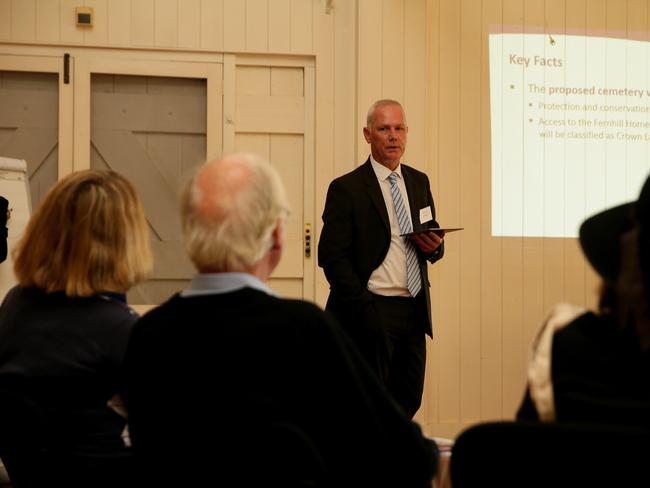
They said it will put pressure on the rest of Sydney’s cemetery network.
“Rookwood Catholic could be out in 10 years; it depends on the take-up,” Catholic Cemeteries and Crematoria CEO Peter O’Meara said of the burial area it manages at Rookwood Cemetery. Rookwood is regarded as the largest cemetery in the southern hemisphere.
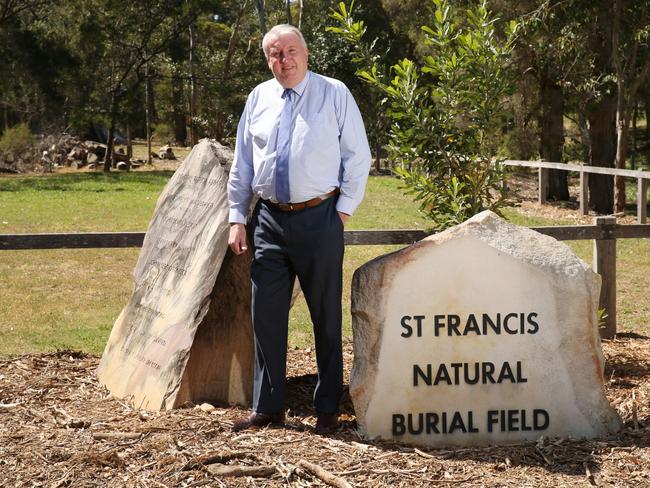
Catholic Cemeteries and Crematoria manages five cemeteries in western Sydney including in Kemps Creek and Greendale, near Luddenham, which are both expected to fill up in 20 years.
Minchinbury’s Pinegrove Memorial Park, which is owned and managed by InvoCare, is expected to reach capacity in 40-50 years.
“Unless the other cemeteries fill up very quickly, then it could be 20 years,” InvoCare NSW general manager Vijay Singh said.
The situation is most dire for the Jewish and Muslim faith communities, who do not cremate.
Muslims Australia manager Wasim Raza said there could be no Muslim graves left in NSW in as few as two years.
NSW Jewish Board of Deputies chief executive Vic Alhadeff estimated there would be no graves available for sale to Jewish people within four to six years.
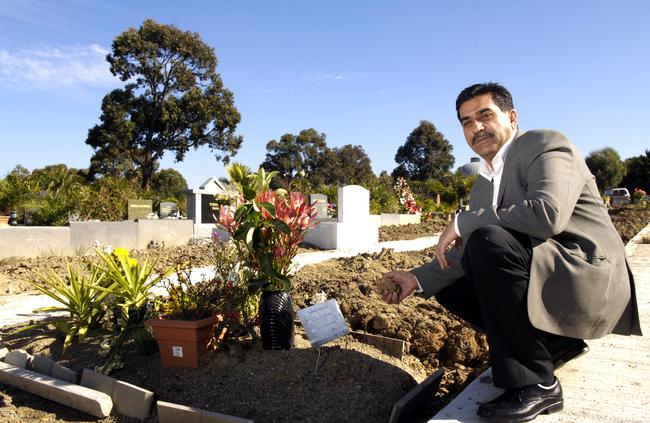
Latest Census figures show 2.1 per cent of Penrith’s population or 4,208 people — the fifth-highest number — nominated Islam as a religion, an increase of 903 people since 2011.
The majority, 62,185 people, or 31.7 per cent of the population, are Western (Roman) Catholic.
The Islamic Association Western Suburbs Sydney group has been pressuring Blacktown Council to assign more plots for Muslims in Riverstone Cemetery.
The council says a new cemetery being built by Chullora group, The Garden Cemetery at Bringelly, would alleviate the problem.
However the cemetery will no longer be for Muslims-only as first planned.
Liverpool Council’s spokesman said the director of Garden Cemetery Ltd confirmed there would be a dedicated Muslim burial section, sections for those of the Jewish, Christian, Hindu and Buddhist faiths, and those with no stated faith.
It’s going to become critical soon. There has to be Government intervention … It’s not an issue that will be resolved by the private sector.
— Muslims Australia manager Wasim Raza
“He has also indicated that the first 1000 plots out of approximately 8000 burial plots are to be offered to Muslims,” council’s spokesman said.
“In further stages they will be targeting other groups that prefer cremation (approval given to 30,000 ash internments) to burials.”
There are over 50,000 deaths a year in NSW and, already, 7.2 per cent of Penrith’s population is over 70 years of age.
The figure jumps to 12.5 per cent in the Blue Mountains.
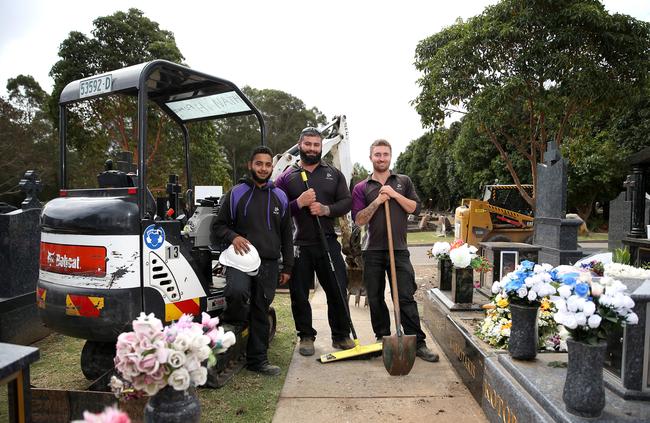
Yet, there are no places to bury the dead in the lower Blue Mountains and the council-managed cemetery at Springwood is “filling up”, a Blue Mountains Council spokeswoman said.
“Although there is potential for expansion,” she added.
She said the council’s cemetery at Faulconbridge was “at capacity”, and Katoomba, Lawson and Blackheath cemeteries “have maybe a decade more in them, depending on the rate of use”.
So what will happen when there is nowhere left to bury our dead? “It will be the government’s problem,” Mr Raza said simply.
BURIAL PLOTS, CHAPEL AND CREMATORIUM PLAN FOR GOLF COURSE SITE
CATHOLIC Cemeteries and Crematoria plan to create 60,000 burial spaces over 50 years at Wallacia Golf and Country Club.
Blueprints reveal the 44ha site will house a staged cemetery, chapel, crematorium and an administration building if approved.
The existing clubhouse will also be refurbished and feature a golf pro shop, players’ lounge and cart store.
Catholic Cemeteries and Crematoria CEO Peter O’Meara said: “At least for the next 50 years we’ll maintain the site as a golf course. I think both can coexist.”
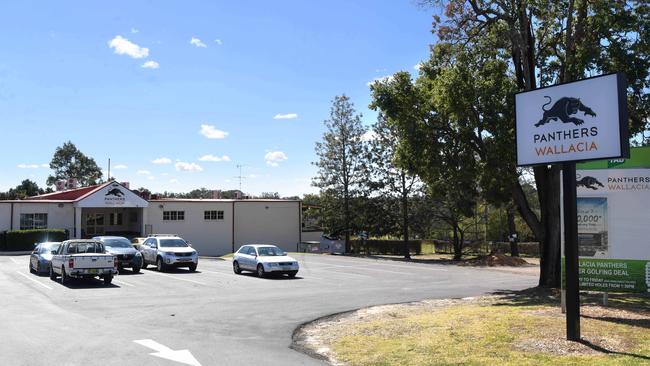
The architectural design statement reads: “The CMCT has recognised the need for future provisions to be catered for, given the growing multicultural diaspora within greater western Sydney.
“The site presents an opportunity for the CMCT to establish a memorial park, which will be considerate of the natural topographical, archaeological and historical characteristics.”
Plans show the chapel will seat between 75 and 100 people and beneath it will be the crematorium and mortuary.
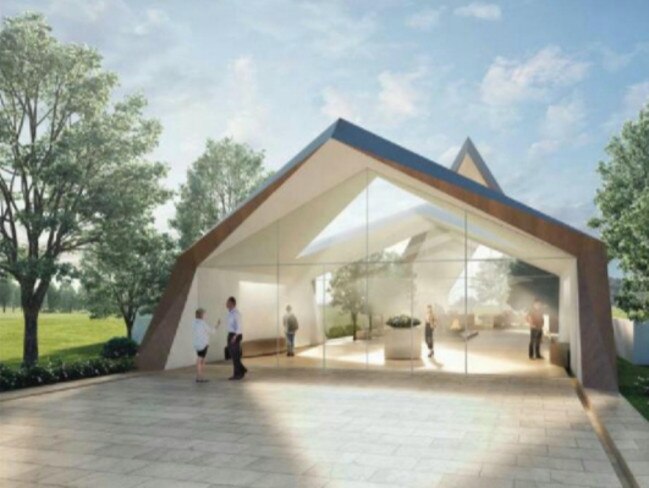
Penrith councillor Ross Fowler, whose grandfather owned the property in the 1900s, said there were better suited sites for a cemetery in the “north of the city” or in other parts of Sydney.
“I am disappointed the CMCT are continuing with their plan to have a cemetery on Wallacia golf course — something that is completely at odds with the community of Wallacia, the council and golfers,” Cr Fowler said.
“I am hopeful the CMCT will continue the operation of an 18-hole golf course at Wallacia for the foreseeable future, should their application be successful and obtain government approval.”
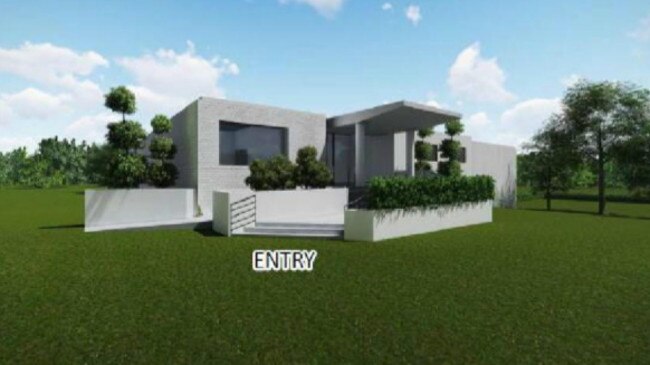
Emotional councillors pushed for a proposal banning cemeteries in Mulgoa or Wallacia. However, this idea had already been signed off by the planning minister, Cr Fowler said.
The application will come before the council but, as cemeteries come under state control, the council is unable to refuse it and can only provide recommendations.
Wallacia Golf Club was approached for comment.
Cr Fowler said: “The community needs to agitate for the retention of the golf course.”
— by MARISSA GEORGOPOULOS
LOCAL ACTIVE CEMETERIES
■ Penrith LGA (8): Penrith, St Marys and Emu Plains general cemeteries; Castlereagh and St Stephen the Martyr Anglican cemeteries; Sir John Jamison’s Catholic Cemetery, Jamisontown; Penrith Uniting Church; Luddenham Uniting Church Cemetery. There is one crematoria in St Marys — Australian Cremation Services.
■ Blue Mountains LGA (9): Springwood, Faulconbridge, Wentworth Falls, Katoomba, Blackheath, Mount Victoria and Mount Irvine cemeteries; Lawson and Megalong Valley general cemeteries. There is also Leura Memorial Gardens Crematorium.
■ Hawkesbury LGA has 18, while Wollondilly has 11.
WHAT’S NEXT?
THE interment industry awaits the release by the Cemeteries and Crematoria NSW Board of a draft report into the remaining cemetery capacity in the greater Sydney area, identified as a ‘priority action’ in the CCNSW Strategic Plan 2015-20.
A Department of Industry — Lands spokesman said the report was “currently under review before preparations are made for public release”.
Blue Mountains Council is considering using a not-in-use cemetery at Megalong as an Aboriginal people-only cemetery.
The council has a four-year priority in its delivery program to plan burial capacity to meet projected demand.
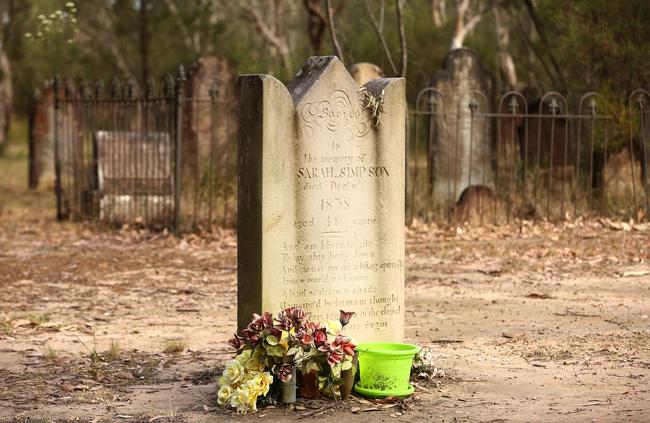
Blue Mountains Council manages nine of the 11 cemeteries in the Blue Mountains, excluding Leura Crematorium and the cemetery at St Georges Anglican Church in Mount Wilson.
“In the immediate term, council intends to investigate land use options for burial and ashes in 2017/18,” council’s spokeswoman said.
She said the council had recently placed a 25-year ‘hold’ limit on the use of burial plots “so in the case that it is not used in this time frame, some one else can use it”.
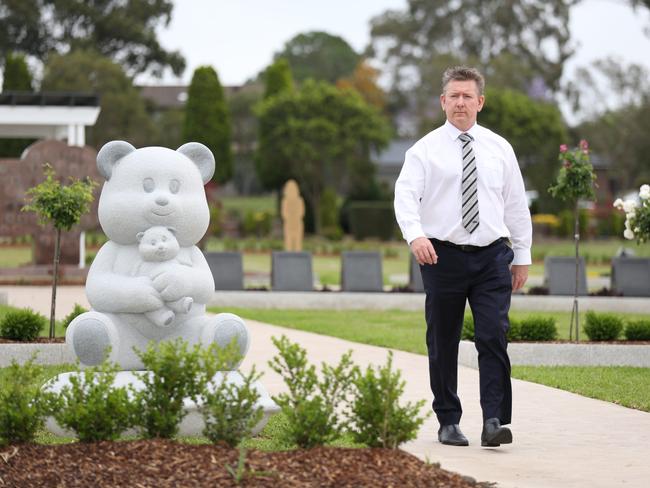
The council had also made double-depth burials cheaper, introduced more ashes gardens and new bush ashes walks, which allow placement of ashes beneath trees and alongside native flowering shrubs in bushland settings.
Plots are indicated by a number on the kerb; once occupied plots will be covered by a memorial plaque.
While not experiencing a critical burial shortage, Hawkesbury Council has set aside land in Bilpin for a future cemetery.
“There is currently an Aboriginal claim on the land, so use of this site is yet to be determined,” council’s director infrastructure services, Jeff Organ, said.
He said some of the existing cemeteries had the potential for expansion.
■ Catholic Cemeteries and Crematoria plan to create 60,000 burial spaces over 50 years at Wallacia, and a cemetery for 136,000 burial plots at Varroville, near Campbelltown.
BURIAL PRACTICES
ROOKWOOD has 92 full-time employees, including 16 grave diggers who attend three to four funerals daily.
Grave diggers stay for the entire burial service, even if it lasts several hours, and then backfill the grave after the last member of the immediate family has left the graveside.
They also place people’s ashes in the earth, crypts, and mausoleums.
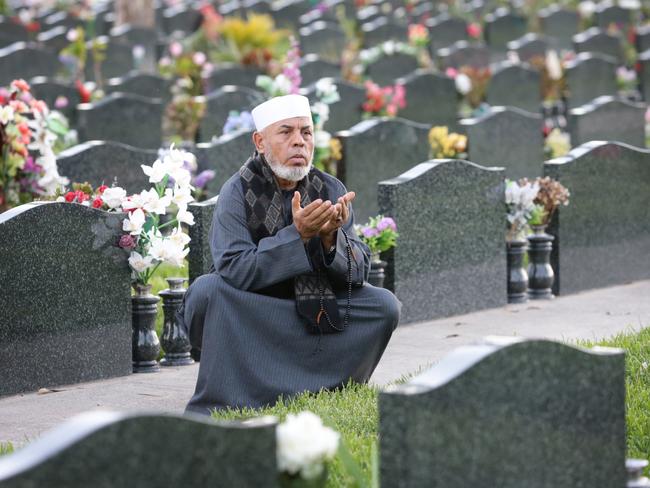
The cemetery offers over 130 culturally specific and non-denominational interment areas and practises 14 burial types, and has three training graves where people can be taught the correct way to lower a casket.
Jewish faith burial plots are backfilled by hand, according to Rookwood Cemetery grave digger Mark Bundy.
He said the Islamic burial guidelines required bodies be buried facing west towards Mecca, and both faiths forbade cremations.
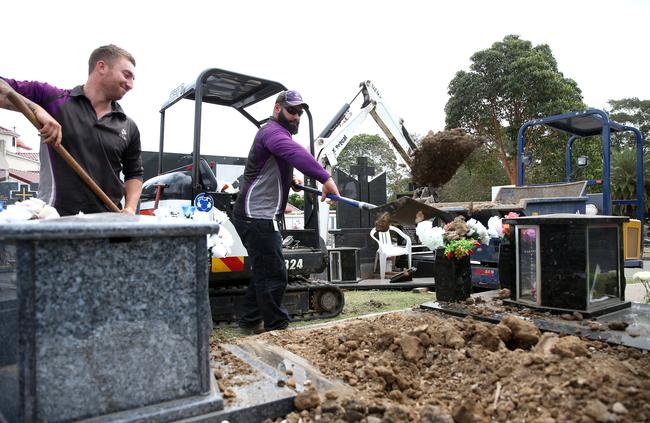
“The Muslim faith are buried in underground tombs, by 5.30pm in daylight savings,” Mr Bundy said.
“We always have two graves ready to go because their belief is to be buried in 24 hours.”
NSW Jewish Board of Deputies chief executive Vic Alhadeff said the Jewish community used the services of communal organisation Sydney Chevra Kadisha (Holy Brotherhood), “which handles all religious requirements relating to tending to the body and the funeral itself”.
“Every Jew is entitled to a dignified burial,” he said.
“There will be no graves available for sale to Jewish people within 4-6 years, while burial space for the Jewish community will run out within a decade (some people pre-purchase)”.
— Vic Alhadeff
NEW WAYS TO REST IN PEACE EMERGE
THE cemetery land crisis is forcing a radical rethink of internment practices, including introducing iGraves, putting 30-year-only holds on graves, and opening cemeteries in recreational settings.
A planned cemetery on land in Wallacia, for instance, looks to incorporate an existing golf course and golf club for at least another 50 years, and a planned cemetery in Varroville, near Campbelltown, could include a winery, walking and cycling trails, and have cows roaming freely.
Both would be owned and operated by Catholic Cemeteries and Crematoria who already manage five cemeteries in Sydney’s west including the Sydney Natural Burial Park in Kemps Creek, near Blacktown.
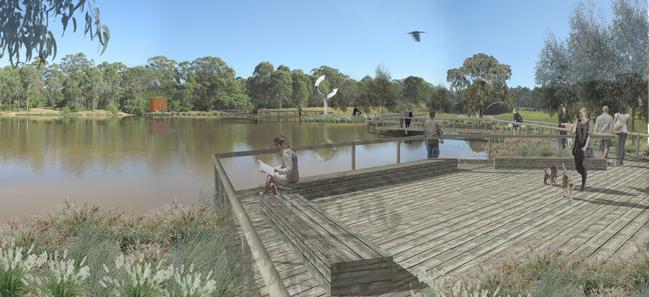
Graves in the 10-year-old natural burial park are unmarked, with GPS technology used to record locations for visiting memorials.
“It’s e-burials, if you like,” group chief executive Peter O’Meara said of Sydney’s first eco-burial area.
“I think the future is to build them (cemeteries) in a way that Gen X and Y want to visit them, where the ambience and landscape is more focused on celebration.”
This means stronger investment in coffee shops, chapels and passive recreation, he said.
Rookwood General Cemeteries Reserve Trust will bury 100 pigs at its cemetery as part of a six-year soil composition study, believed to be a world-first, to work out if they can accelerate the human decomposition process.
“Without such innovative and cutting-edge research, RGCRT is unlikely to be able to adequately address community needs in the future,” RGCRT chief executive George Simpson said.
‘LEAVES FROM THE TREE’: THE STORY OF ROOKWOOD
PHOTO GALLERY
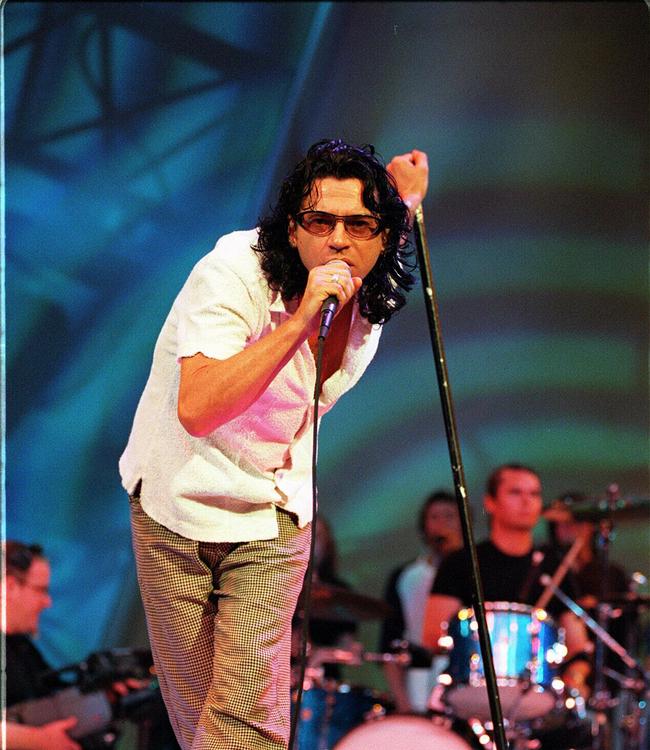
WE lift the lid on Sydney’s most popular gravesites, from the freakiest resting place in Sydney’s west to arguably the most unusual headstone in the eastern suburbs.


